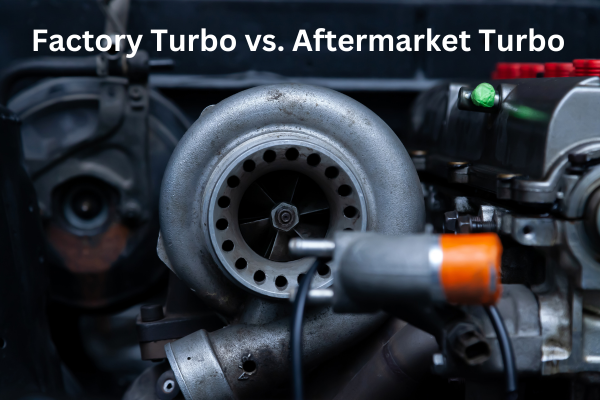Proper maintenance of your dust collector is important in extending the life of Donaldson filter and ensuring the collector consumes as little energy as possible. Dust collector owners and operators sometimes assume they’re being frugal by replacing a single damaged filter rather than all the filters. While this simpler and quicker fix may seem like an economical choice, it may actually result in more frequent filter replacements, more downtime, and higher electric bills – meaning increased cost.

Why is a Partial Donaldson Filter Change a Bad Idea?
Partial Donaldson filter replacement is not ideal because the resistance across all the filters in a dust collector will be uniform during operation, but when a single new filter is installed, it has much less resistance than the other dirty filters. In fact, new Donaldson filters often display less than one inch of resistance at design flow while seasoned filters often have 3 to 4 times that much resistance. When a single new filter is installed in the dust collector with other filters that have an existing resistance because of dust, the new filter experiences a significant airflow increase until the resistance across the new filter equals the resistance across the dirty filters.
Instead of the new filter handling a proportionate percentage of design flow, the airflow increases well above design flow and, as a consequence, the new filter experiences immediate depth-loading, radically reduced filter life, and the collector runs at a higher pressure drop.
This reduction in Donaldson filter life for the replaced filter will impact all the filters and may result in more filter purchases and certainly creates more downtime. In addition, running a collector at a higher pressure drop increases compressed air consumption and requires more energy to maintain airflow through the dust collector.
Benefits of a Complete Filter Change Out
A complete filter change out allows a uniform pressure drop across all the filters inside the dust collector. This allows all the filters to carry a proportionate amount of the air volume, minimizing pressure drop. Uniform pressure drop from a complete filter change also allows the operator to control the filtration velocity through all filters. This saves compressed air and extends the life of the filters by minimizing filter cleaning. The design airflow can also be more easily maintained so the proper AMR is maintained, and depth loading of the filter media is minimized. Less depth-loading results in longer filter life and saves money in the long run.
And don’t overlook the likelihood the damaged filter being replaced is not the only damaged filter in the collector. Replacing that single filter leaves other partially-damaged filters in service only to have them fail in the coming days or weeks. Delayed replacement of older Donaldson filters means operators will have to shut down and investigate multiple filter failures at an increasing rate, which increases downtime, increases labor costs, and forces the collector to operate at the elevated pressure drop of plugged and damaged filters for an increased period of time, increasing operating costs.
Bottom line: when you discover a damaged filter in your collector, consider the relative age of the filters and the potential advantages of reducing the operating pressure drop of the collector with a new set of filters. Consider the possibility to avoid additional unscheduled downtime and maintenance cost, and remember that sometimes replacing all the filters that are about to wear out is a better investment than only replacing the ones that have already failed.






